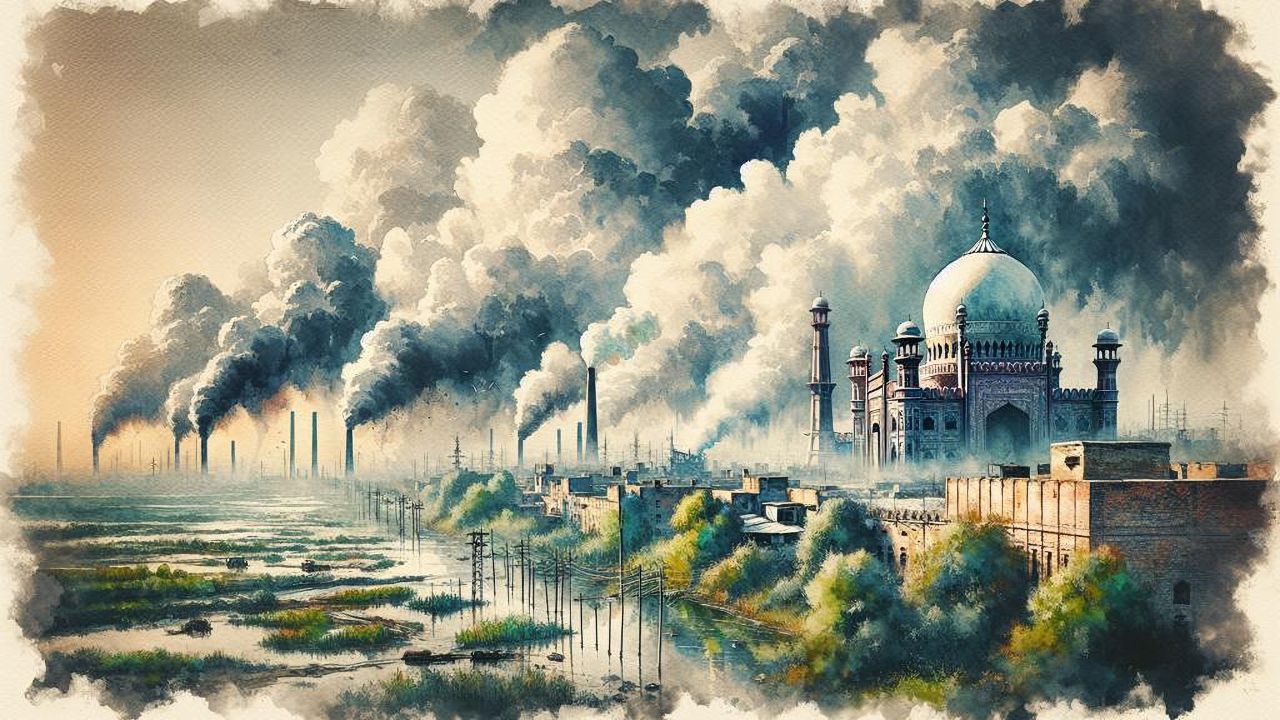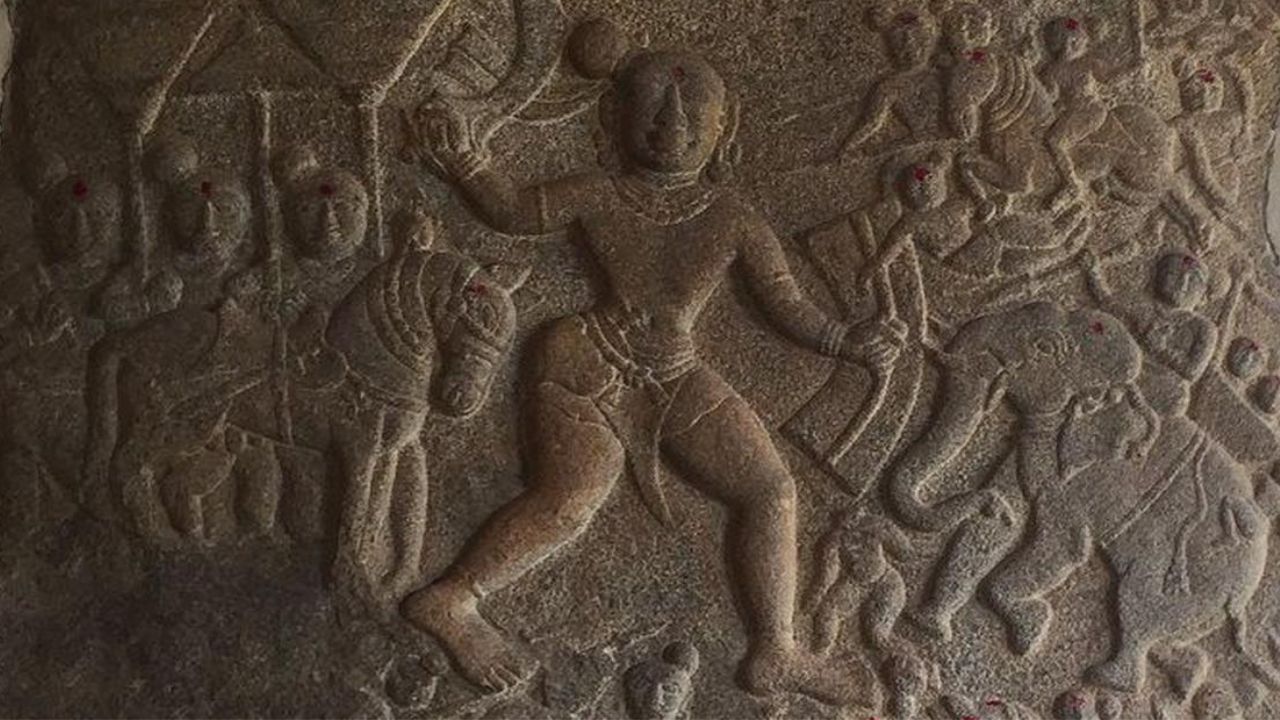
Owing the Dragon
Read More
Sanity Break #1
Marina Abramović is best known as a legendary performance artist. But here’s something different and wondrous—an immersive digital experience of a time capsule of five objects.

Headlines that matter
Check out this edition for the most important stories from around the world today!

Sanity Break #2
It’s Friday and we’re feeling silly. So here’s an Insta handle out of France called @les.creatonautes—and it is dedicated entirely to absurdly surreal images of animals. These are two of our favourites. First, you think: why???? Then you think: why not?

Weekend advisory
From the latest releases to thought-provoking and lively reads, we’ve sorted your weekend just so you won’t miss us too much!

Feel Good Place
Need an immediate pick-me-up? We have you covered! From hilarious animal clips to stuff that’ll make you go “lol why?!”, we have all you need to keep you sane on even your worst hair day.






